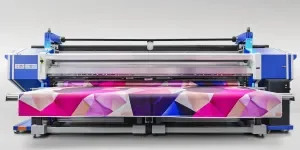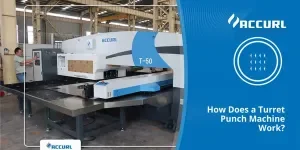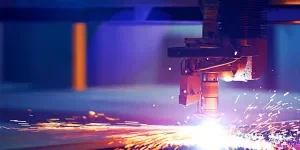In 2025, the demand for sublimation machines has surged with technological advancements and market growth. This article provides an in-depth analysis of essential factors such as performance, technical specifications, and budget considerations, offering valuable insights for professional buyers.
Table of Contents:
– Market Overview of Sublimation Machines
– Detailed Introduction and Analysis of the Sublimation Machine Market
– Key Factors When Selecting a Sublimation Machine
– Compatibility with Other Devices and Systems
– Price Range and Budget Considerations
– Final Thoughts
Market Overview of Sublimation Machines
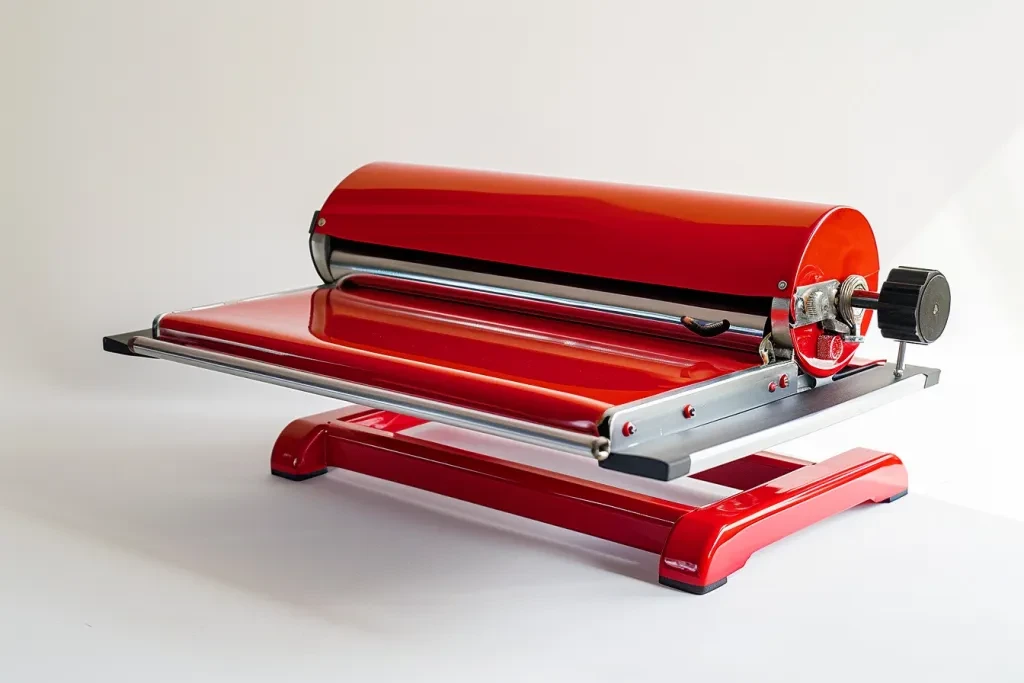
The global sublimation machine market shows significant growth potential. It is projected to increase from USD 2.1 billion in 2024 to USD 3.3 billion by 2030, at a compound annual growth rate (CAGR) of 7.82%. This growth is driven by the rising demand for customized, high-quality prints on textiles, ceramics, and metals. Sublimation printing’s versatility, offering vibrant, durable, and intricate designs, contributes to its widespread adoption across multiple industries.
In the textile sector, the dye-sublimated apparel market is expected to grow from USD 5.11 billion in 2024 to USD 8.25 billion by 2030, at a CAGR of 8.25%. This trend highlights the increasing preference for sublimation printing in producing personalized and appealing garments. Technological advancements, like the development of 3D vacuum heat-press machines, also support market expansion by enhancing production efficiency and print quality.
Geographically, the Asia-Pacific region, especially China and India, is expected to lead due to rapid urbanization, rising disposable incomes, and a strong presence of textile manufacturing giants. North America and Europe are also significant markets, driven by high consumer purchasing power and demand for personalized, eco-friendly apparel solutions.
Detailed Introduction and Analysis of the Sublimation Machine Market

Sublimation machines are crucial in the printing industry for transferring designs onto various substrates by converting solid dye into gas without passing through a liquid state. This method is valued for producing high-resolution, full-color images embedded into the fabric, resulting in durable prints that resist fading, cracking, or peeling compared to traditional methods.
Key performance benchmarks for sublimation machines include print resolution, speed, and substrate compatibility. Modern sublimation printers can achieve resolutions up to 1440 dpi, ensuring sharp and vibrant prints. High-end models can print up to 100 square meters per hour, making them suitable for both small and large-scale production. Their compatibility with a range of materials, including polyester fabrics, ceramics, and metals, enhances their versatility and market appeal.
The market is competitive, with key players like Mimaki Engineering Co. Ltd., Epson Corporation, and Roland DG Corporation leading the way. These companies innovate to enhance machine capabilities, focusing on automated workflows, eco-friendly inks, and user-friendly interfaces. Economic factors, such as rising raw material costs and environmental regulations, also influence market strategies, encouraging the development of sustainable and cost-effective solutions.
Consumer behavior is shifting towards customized and eco-friendly products, particularly in the apparel industry, where unique designs and sustainable materials are in demand. There is also a significant shift towards online retail platforms, offering broader reach and convenience for businesses and consumers. Innovations like integrating artificial intelligence and machine learning in design and production processes drive market growth by enhancing efficiency and reducing production costs.
Key Factors When Selecting a Sublimation Machine
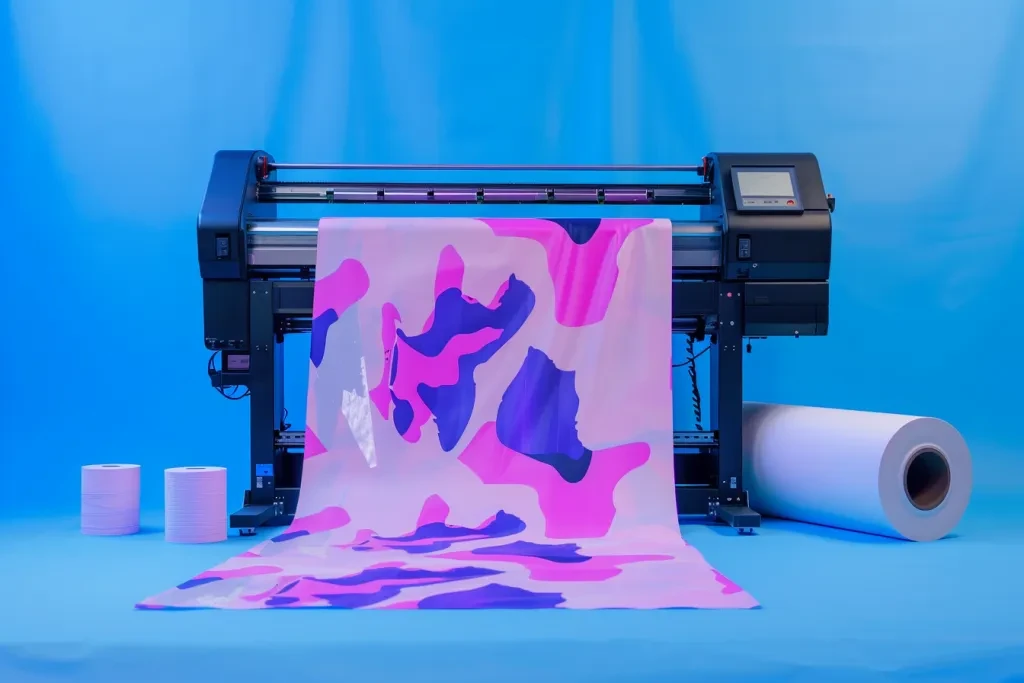
Choosing the right sublimation machine for your business involves several critical factors. These factors ensure that your investment will meet your production needs, offer high quality, and remain cost-effective. Here, we will delve into the essential considerations, including performance, compatibility, durability, and safety standards.
Performance and Functionality
Performance is paramount when selecting a sublimation machine. The machine’s ability to produce high-quality prints with vibrant colors and fine details is crucial. Modern sublimation machines offer resolutions up to 1440 x 1440 dpi, ensuring crisp and clear images. The speed of the machine is another critical aspect; high-end models can print up to 150 square feet per hour, significantly enhancing productivity for large-scale operations.
Functionality includes the machine’s ability to handle different substrates, such as fabrics, ceramics, metals, and plastics. A versatile machine that can print on various materials will expand your product offerings and market reach. Additionally, features like automatic cleaning systems and user-friendly interfaces can streamline operations and reduce maintenance time.
Technical Specifications
Understanding the technical specifications of a sublimation machine is essential for making an informed decision. Key specifications to consider include the print head technology, ink type, and compatibility with different software. Print heads using piezoelectric technology are known for their precision and longevity, making them a preferred choice.
Ink type is another vital specification. Sublimation inks should be of high quality to ensure color accuracy and durability. Many machines are compatible with eco-solvent inks, which are environmentally friendly and offer excellent performance. Furthermore, compatibility with software such as Adobe Photoshop and CorelDRAW ensures seamless integration into your existing workflow.
Ease of Use and Initial Setup Complexity
The ease of use of a sublimation machine can significantly impact productivity and reduce the learning curve for new operators. Machines with intuitive touchscreens, pre-set modes for different materials, and easy access to maintenance components are highly desirable. These features minimize downtime and enhance operational efficiency.
Initial setup complexity is another crucial consideration. A machine that requires extensive setup and calibration can delay production and increase labor costs. Look for models that offer plug-and-play functionality, with comprehensive manuals and customer support to assist in the setup process. Additionally, machines that come pre-assembled can save time and reduce the risk of setup errors.
Durability and Build Quality
Durability is a key factor, especially for businesses with high production volumes. A sublimation machine with a robust build quality, using high-grade materials such as stainless steel and industrial-grade plastics, will ensure longevity and consistent performance. Machines with durable components and reliable mechanical systems are less likely to experience breakdowns, reducing maintenance costs and downtime.
Build quality also impacts the machine’s ability to maintain print accuracy over time. Machines with rigid frames and stable platforms minimize vibrations, ensuring precise and consistent prints. Investing in a machine with a solid build quality will provide long-term benefits and a higher return on investment.
Safety Standards and Certifications
Compliance with safety standards and certifications is essential to ensure safe operation and compliance with regulations. Sublimation machines should adhere to international safety standards such as CE, UL, and RoHS. These certifications indicate that the machine has undergone rigorous testing and meets safety and environmental requirements.
Safety features such as emergency stop buttons, thermal overload protection, and enclosed print areas are crucial for preventing accidents and ensuring operator safety. Machines with these features provide peace of mind and create a safer working environment. Additionally, compliance with environmental standards ensures that the machine operates sustainably, reducing its impact on the environment.
Compatibility with Other Devices and Systems
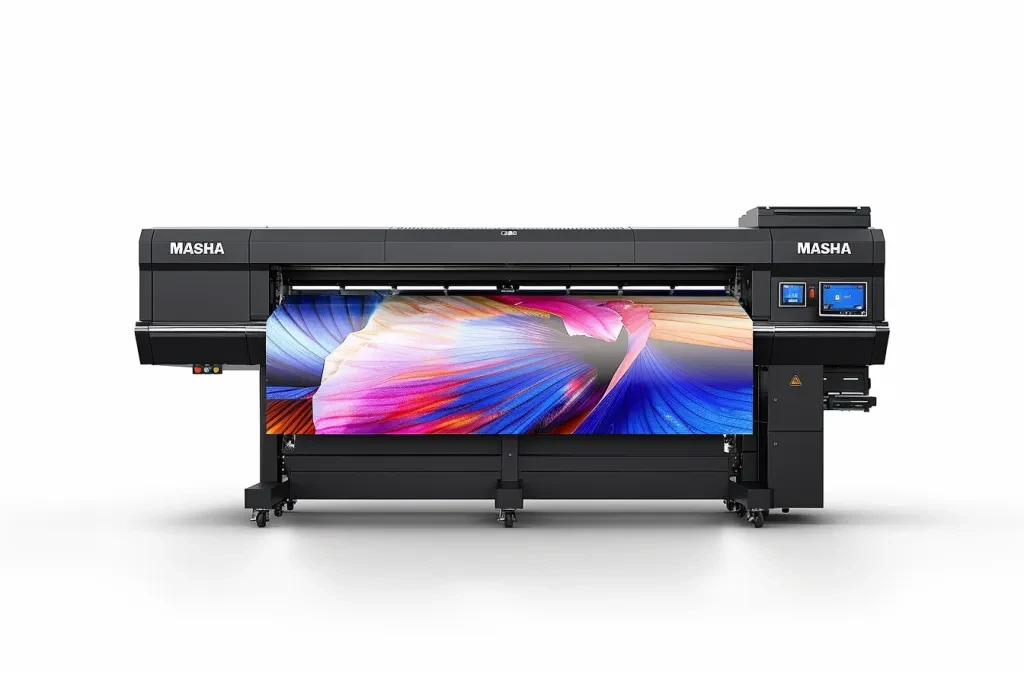
Sublimation machines must be compatible with various devices and systems to ensure seamless integration into your production workflow. Compatibility with different types of computers, operating systems, and design software is essential for efficient operations. Machines that support multiple file formats, such as JPEG, PNG, and TIFF, offer greater flexibility in design and production.
Furthermore, the ability to connect with other devices, such as heat presses and cutting machines, enhances the machine’s versatility. Integration with automated systems and IoT (Internet of Things) technologies can further streamline production, allowing for remote monitoring and control. These features improve efficiency and reduce the likelihood of errors.
Price Range and Budget Considerations
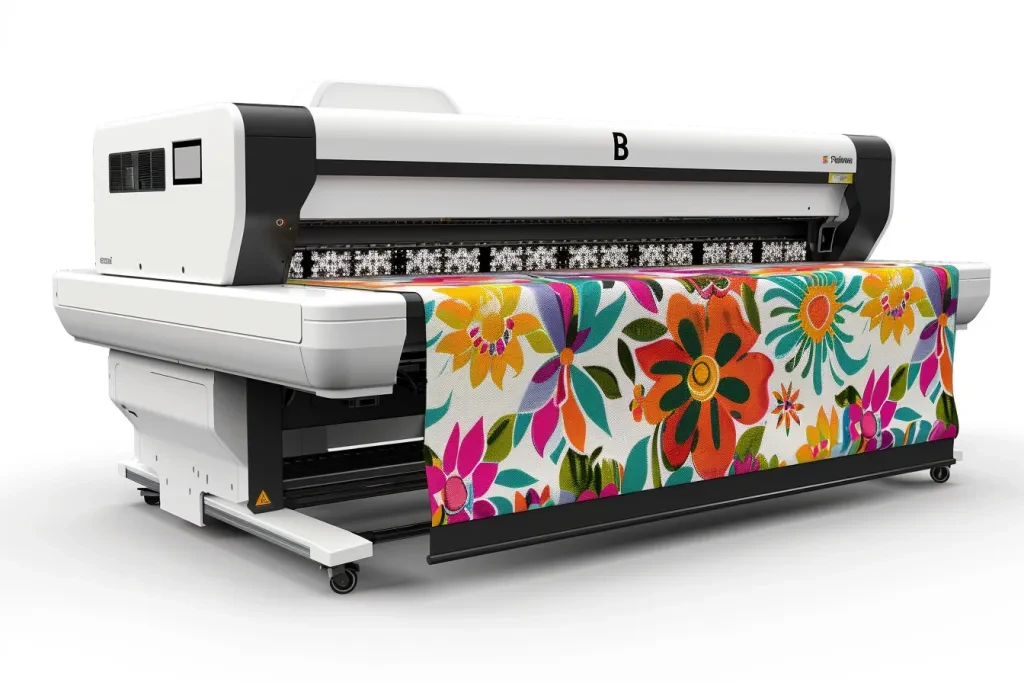
The price range of sublimation machines varies widely, depending on features, specifications, and brand reputation. Entry-level machines suitable for small businesses or hobbyists can start from $500, while high-end industrial models can exceed $10,000. It is essential to balance your budget with the machine’s capabilities and your production needs.
Consider the total cost of ownership, including maintenance, ink, and substrate costs. Machines with higher initial costs but lower running costs can be more economical in the long run. Additionally, look for machines that offer warranties and after-sales support, as these can save costs on repairs and maintenance.
Final Thoughts
When selecting a sublimation machine, it is crucial to consider performance, technical specifications, ease of use, durability, safety standards, compatibility, and budget. By evaluating these factors, you can choose a machine that meets your production needs, offers high-quality prints, and provides long-term value. Prioritizing these considerations will ensure a successful investment in your sublimation printing business.
